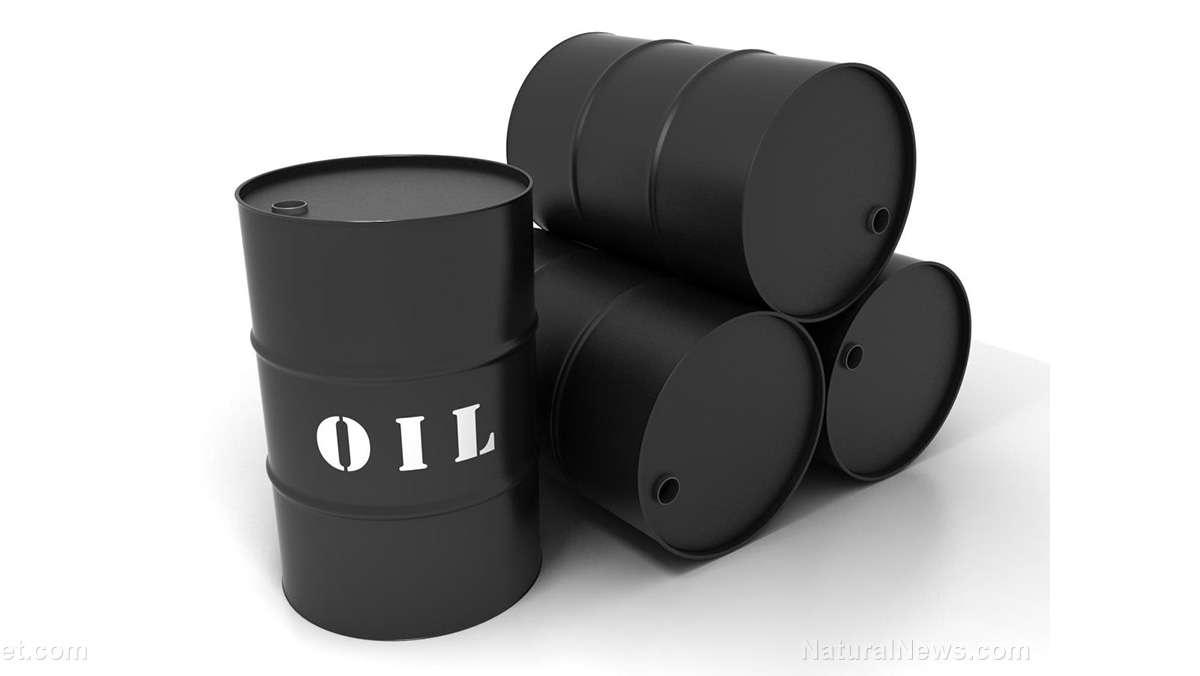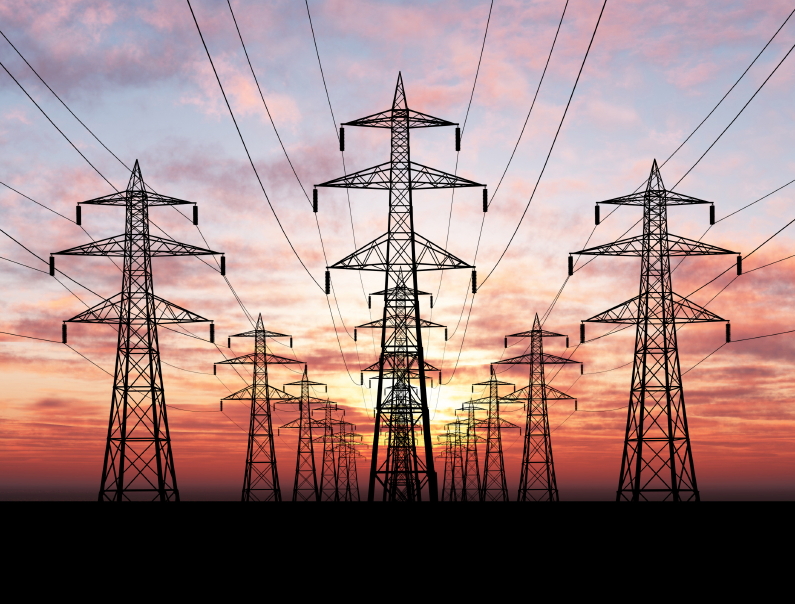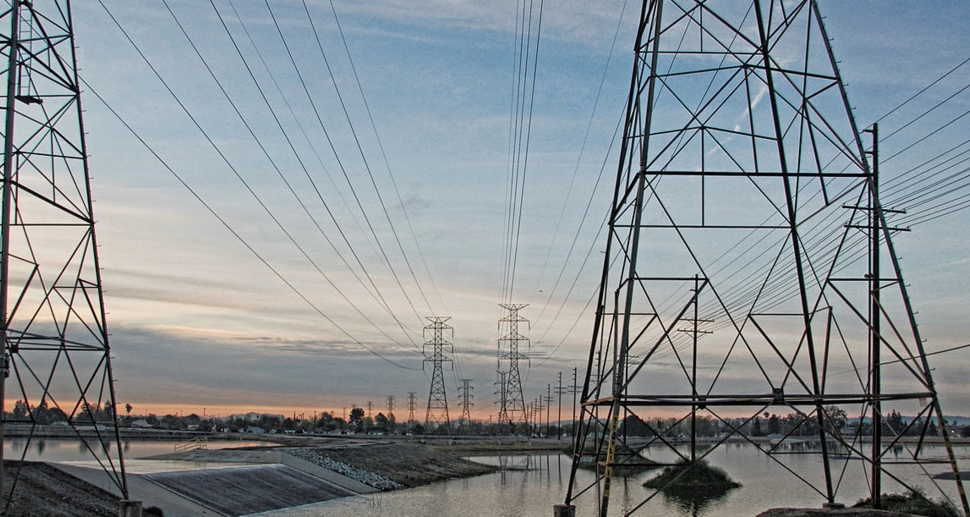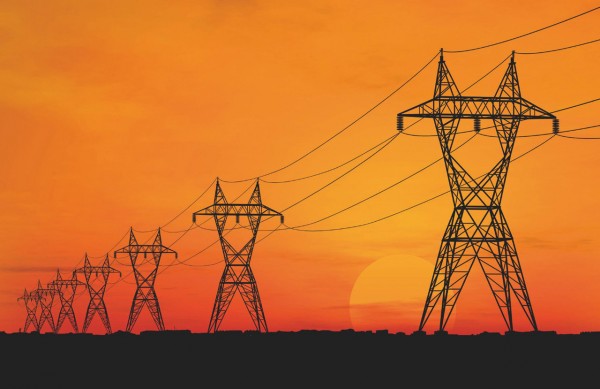Researchers examine the potential of photocatalysts to split water
10/05/2021 / By Ralph Flores
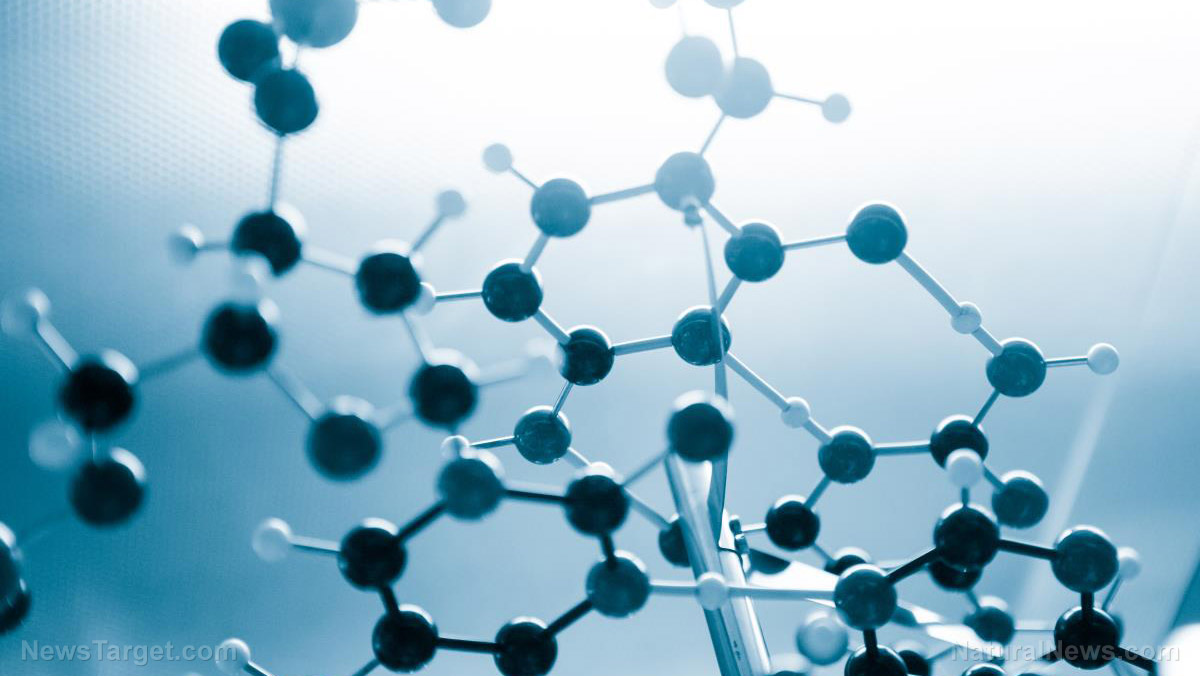
The key to efficient solar-to-chemical energy conversion lies in enabling uniform dispersion and intimate contact of co-catalysts, explain researchers from Shinshu University in Japan. In their report, which was published in Nature Communications, they explained how a single-crystalline barium tantalum oxynitride (BaTaO2N) photocatalyst effectively improved the performance of photoexcited electrons.
Photocatalysts a cost-effective solution to splitting water
Recent research is exploring the potential of particulate catalysts as simple and cost-effective solutions to splitting water into hydrogen and oxygen. In particular, scientists are exploring whether particulate catalysts can enable large-scale hydrogen production using solar energy. (Related: Researchers have designed a new solar device that may finally make hydrogen cars a reality.)
However, to efficiently use solar energy in splitting water, it’s a must to develop a photocatalyst that can efficiently use visible light, which comprises a large part of solar energy, for the water decomposition reaction. For this study, the team used barium tantalum oxynitride (BaTaO2N), an oxynitride semiconductor that can absorb visible light up to 650 nm — making it capable of decomposing water into hydrogen and oxygen. Until prior to the study, it was thought to be impossible to load BaTaO2N granules with co-catalyst fine particles that serve as reaction active sites.
In the current study, the team found that the co-catalyst fine particles were highly dispersed on the surface of the single crystal fine particles of the BaTaO2N photocatalyst. In addition, the flux method synthesized fine particles from the cocatalyst and BaTaO2N during the impregnation-reduction and photodeposition methods. This was the first time this phenomenon was observed.
The team noted an improvement in the efficiency of the hydrogenation reaction using the BaTaO2N photocatalyst — over 100 times that of the conventional one. This also caused an increase in the efficiency of the two-step excitation type (Z scheme type) water decomposition reaction, as well as the oxygen generation photocatalyst. The results from the transient absorption spectroscopy also revealed that Pt-assisted catalyst microparticles supported by the new method were less likely to indue the recombination of electrons and holes. According to the team, this is because the new method allowed the efficient extraction of electrons from the BaTaO2N photocatalyst.
In addition, a small amount of Pt cocatalyst by the impregnation-reduction method in advance supports the reduction reaction on the photocatalyst. This allows the reaction to be promoted without the agglutination of the Pt fine particles. The final result is Pt cocatalyst fine particles evenly supported by the photodeposition of the BaTaO2N particles. The team also noted the resultant extraction of electricity by Pt cocatalyst fine granules proceeded successfully. The use of the BaTaO2N photocatalyst, after being synthesized with the appropriate flux and having a low density of effects, is beneficial for supporting a highly dispersed Pt cocatalyst.
The results of the investigation improved the activity of the BaTaO2N photocatalyst and explained the mechanism behind it. The findings of this research are likely to pave the way for the creation of photocatalysts that are very efficient in driving the water decomposition reaction at long wavelengths.
This isn’t the first time that the researchers explored alternative ways to split water. In another study, they explored the use of phosphonate groups on the surface of the visible-light-responsive photocatalyst lanthanum and rhodium-doped strontium titanate (La, Rh:STO) with a silane coupling agent to improve hydrogen production. According to the team, this approach can have broad-ranging effects, regardless of the materials used.
Research.news has more studies on splitting water for hydrogen production.
Sources include:
Submit a correction >>
Tagged Under:
breakthrough, Chemistry, discoveries, electrolysis, energy, energy conversion, hydrogen, hydrogen production, photocatalysts, research, solar energy, splitting water, visible light
This article may contain statements that reflect the opinion of the author
RECENT NEWS & ARTICLES
NewEnergyReport.com is a fact-based public education website published by New Energy Report Features, LLC.
All content copyright © 2018 by New Energy Report Features, LLC.
Contact Us with Tips or Corrections
All trademarks, registered trademarks and servicemarks mentioned on this site are the property of their respective owners.

